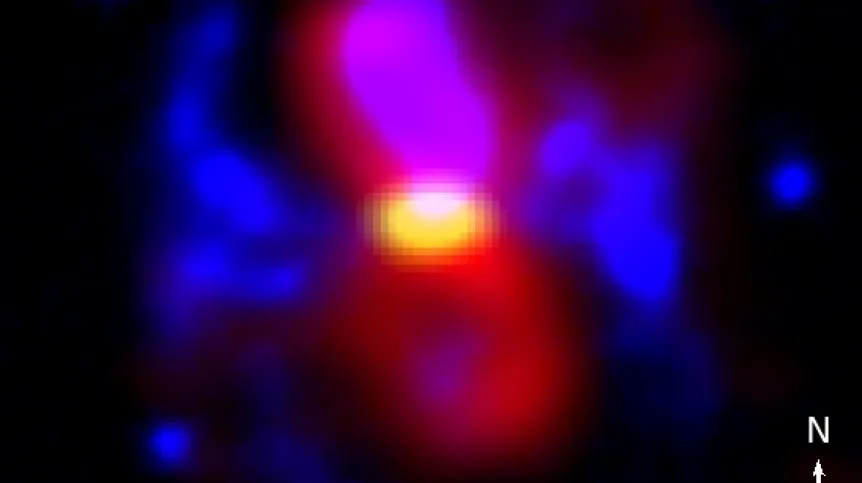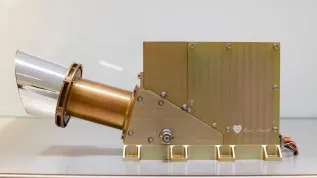
The oldest to date traces of the star that "devoured" another star has been identified by the team of astronomers led by Polish scientist. The cannibal star could be seen with the naked eye in the sky over 340 years ago, which is known also from the Hevelius’ observations.
In the constellation Vulpecula, just below the constellation Cygnus, today we will not see - either with the naked eye or even with the best telescopes - the stars CK Vulpeculae (Nova Vul 1670, CK Vul). However, more than 340 years ago, this object (as it turns out - quite correctly) attracted the attention of contemporary astronomers. From 1670 until 1672 this celestial body was clearly visible in the sky. It changed its brightness several times, and then - disappeared. This was known, among others, from the observations of seventeenth-century Gdańsk scholar Johannes Hevelius.
CK Vul is approx. 2300 light years away from Earth, and you can not see the light that emits in the optical range of the electromagnetic spectrum. Only recently it could be registered again using radio telescopes.
For years CK Vul was believed to be the oldest known observed classical nova. A classical nova - these objects are already well known and researched - is a star system consisting of a white dwarf. The white dwarf seizes part of the matter belonging to its companion and occasionally displays bursts of thermonuclear reactions initiated on its surface. The bursts are so bright that the star may become visible for observers on Earth. It appears as a new object in the sky, hence the historical name "nova".
Research of Polish-German-American team has shown that CK Vul is not a classical nova, but a so-called luminous red nova (red transients), which is an object that after collision merged with another star and thus considerably brightened (it is called merging of two stars). The study was published in the prestigious weekly "Nature" (http://nature.com/articles/doi:10.1038/nature14257).
"CK Vul worked in the imagination of astronomers, because of the data collected about it were unusual for a classical nova. Moreover, for many years astronomers could not identify the remains of this object" - said in an interview with PAP Dr. Tomasz Kamiński, who conducted the study on the subject mainly on ESO and Max Planck Institute’s Atacama Pathfinder Experiment (APEX) telescope in Chile.
The characteristics of luminous red novae have only been known for a few years, in part thanks to the research with the participation of Poles (http://arxiv.org/abs/1012.0163). "So far we have observed five objects of this type in our galaxy" - said Dr. Kamiński. Astronomers demonstrated that the stars meet, after a sudden burst the mergers or the luminous red novae - unlike classical novae - cool down very quickly and produce a lot of dust and molecules. This is precisely what happened in the case of CK Vul. In addition, the luminous red novae change brightness in a characteristic way during explosion - and we know of CK Vul brightness changes from the seventeenth century observations. However, more convincing evidence was needed that star "cannibalism" occurred in the case of CK Vul.
Dr. Kamiński and his colleagues were able to obtain this evidence, among others, with observations at millimetre wavelengths, which allow to determine the chemical composition of distant objects, hundreds or thousands of light years from Earth. The analyses show that the cloud of gas that surrounds the object is made of matter, which had come into contact with the nuclear reactions that occur only in the interiors of stars. The most likely scenario explaining the composition of the cloud is that one star "devoured" another. In addition, the way in which the material orbits the nova, also indicates that two stars tightly orbiting each other previously existed in that place.
Until now astronomers knew only what the young luminous red nova look like - not long after the explosion. It was not clear what happens several hundred years after the merging of two stars. Recent studies have shed light on this issue.
PAP - Science and Scholarship in Poland, Ludwika Tomala
lt/ mrt/ agt/
tr. RL













